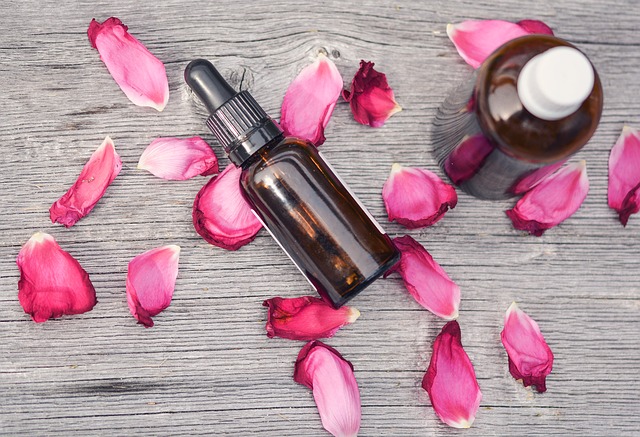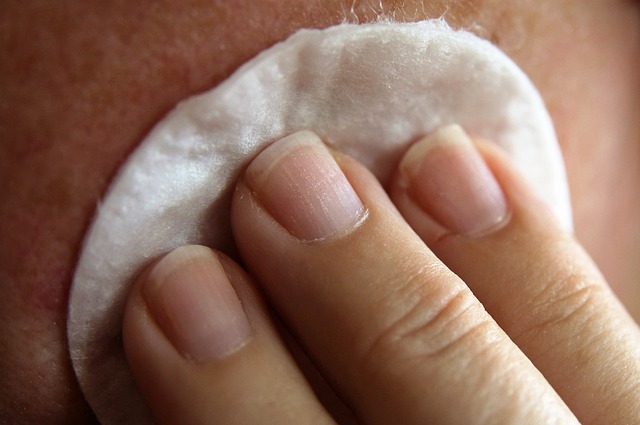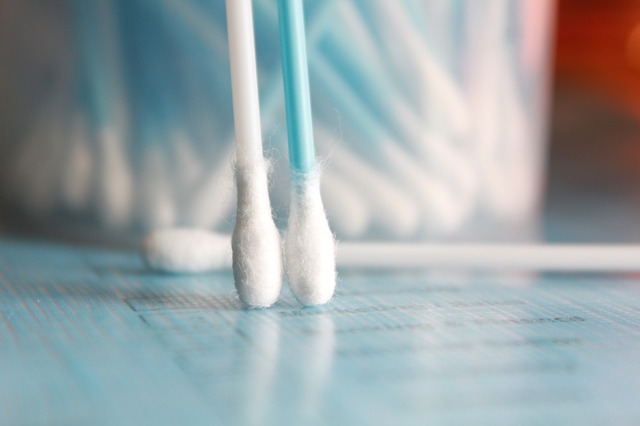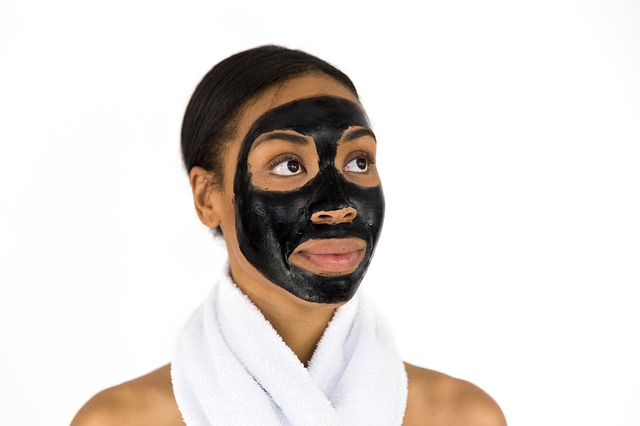A good skincare routine can be revolutionary. This combined with the clean-living supplements offered by Modere will have a hugely positive impact of the health of you and your skin. When you find a skincare routine that suits your skin, you’ll never look back– the glowing skin, smooth appearance, and improvement in skin color and reduction in signs of aging are all the reward you need. Whether you use a cbd skincare product or a cheap toner from the dollar store, there are lots of great products on the market at the moment.
However, establishing a skincare regime that suits you and your skin… is a little more difficult. Glance at any drugstore aisle and you will soon become overwhelmed at the wide variety of options available to you; it can feel like you need a dermatology qualification just to make sense of half the products available. How can you know what will work for you, when skincare is so very subjective? And just how many products should you be using– and what should each product do?
In the effort to answer these questions, below is a skincare regime that should result in excellent results for every skin type. What’s more, we’ve also graded each section as either “essential” or “optional”. You’ll want to ensure you hit on each “essential” step, and can then improve your regime further by adding on the “optional” steps if you so choose.
Without further ado: let’s dive into a skincare routine for all skin types…
STEP ONE: The First Cleanse (Essential)

The first cleanse should be with an oil product. You can use a specially formulated facial oil if you so choose, or just a standard carrier oil if you’re trying to keep an eye on your budget.
- Apply a light layer of oil to your face.
- You don’t need to use makeup remover; an oil cleanse will remove makeup far more efficiently than any makeup remover ever can!
- Massage the oil into your face for around a minute.
- Remove with a hot, wet wash cloth.
STEP TWO: The Second Cleanse (Essential)
The first cleanse is designed to remove all of the buildup that your skin has accrued over the course of the day– from makeup, pollution, and other sources. Your second cleanse is the one that actually targets your skin itself, helping to remove impurities, and unclog pores.
You should choose a cleanser based on your skin type; you will usually be able to see on bottles which skin type a product is recommended for. Ideally, you’re looking for a cream cleanser, which can penetrate deep into the skin and help to unclog pores.
STEP THREE: Toner (Optional)

Toner is an often-neglected part of a skincare regime, and though it is not 100 percent necessary, it is recommended. Toner helps to balance the pH of your skin, which will result in better texture and cell regeneration. If you don’t want to spend money on a toner, then you can achieve the same results with a homemade version.
- Soak a cotton wool pad in toner and apply directly to the face.
- Leave to dry before proceeding onto the next step.
STEP FOUR: Serum (Essential)
This is where things get interesting.
For the most part, the steps above are more about maintenance and cleanliness than actually improving your skin. A serum is the most important part of your routine, as this is the product that has the ability to make the biggest difference to your skin in the future.
Below is a list of serum ingredients that you may want to try to address specific issues you are experiencing.
- Peptides are a great ingredient if you are concerned about facial lines and want to add to your anti-aging defences. You might want to head over to enhancedpeptides.com to learn more about these research chemicals and how they could be applied for general use after further research is done.
- Hyaluronic Acid is incredibly moisturizing and kind to skin; don’t be put off by the ‘acid’ in the name! Hyaluronic acid is incredibly well tolerated by most skin types and will make a considerable impact if you have issues relating to dryness.
- Glycolic Acid is the ingredient to go for if you’re concerned about skin texture; it encourages cell regeneration to produce smoother, clearer skin.
- Salicylic Acid is a great ingredient for acneic skin, as it helps to purify pores and reduce oil production. It may take awhile for your skin to adjust to this acid, so use it in small amounts and increase as your tolerance builds.
- Lactic acid is a gentler version of glycolic acid, which can be easier to use if you have never experimented with facial acids before.
- Retinols are a wonderful anti-aging ingredient that also performs a mild exfoliating action. You will want to be careful to use SPF during the day when using retinols, as they can increase the photosensitivity of your skin. However, they are worth the extra step in your morning routine, especially if you are concerned about facial lines and developing wrinkles.
- Mandelic acid is the mildest form of the same acid family that includes lactic and glycolic acid. If you have sensitive skin, this may be the best option for you.
- Azelaic Acid is a great choice if you have rosacea or issues with facial redness. It helps to reduce inflammation and improve skin color and texture. It can take awhile for your skin to adjust to Azelaic acid use, so build use slowly until your skin has had the chance to adjust to the treatment.
If you take the time to learn about the ingredients in your serum — and what will have the biggest impact on the skincare issues that concern you — then you are guaranteed great results.
Serum should be left on the skin for at least five minutes before you proceed to the next step.
STEP FIVE: Oil (Optional)

During the winter months, your skin may benefit from an additional facial oil being included in your skincare regime. This offers an extra layer of protection against the elements, and can provide nourishment and comfort– especially if your skin is dry.
- Facial oil should be applied very lightly. Apply a few drops to your fingertips and gently “pat” into place on areas of your skin that are prone to dryness.
- When you have applied the oil, remove any excess by running a Q-tip over the surface of your facial skin. A Q-tip is the perfect tool for this application, as it removes the excess without actually removing the oil, as might happen if you were to use a cotton pad or cloth.
- Leave at least 10 minutes for the oil to absorb before moving onto the next step.
STEP SIX: Moisturizer
You should choose your moisturizer based on your skin type.
Oily Skin: Choose a moisturizer that is oil-free, as this will help keep pores unclogged and prevent the formation of acne.
Dry Skin: A good moisturizer is essential for dry skin. As a general rule, the thicker the better.
Normal Skin: The world is your oyster– choose anything you like the sound of!
Combination Skin: Use a moisturizer that is suitable for each region of your face. If you have dry cheeks and an oily T-zone, then you will achieve the best results if you use an oil-free moisturizer on your T-zone and a standard moisturizer on the drier areas.
- Moisturizer should be patted into place with your fingertips, not smeared. Smearing can cause skin irritation.
- It helps to be physically active while waiting for moisturizer to absorb into your skin; the increased blood flow of activity helps absorption times.
With your moisturizer in place, your daily regime is complete!
Occasional Additions

No skincare regime is complete without optional additions. These options are not done on a daily basis, but rather as and when you feel you need them. Here are a few to choose from.
- If you have facial expression lines or wrinkles, then an occasional Juvederm treatment with the likes of Dr. Yeilding can make a huge difference to the appearance of your skin. You can iron out lines that have been long-established, and improve the overall texture and appearance of your skin, thanks to this pioneering treatment.
- Face masks are a great way of making big improvements to your skin in a relatively short period of time. Use on a weekly basis for best results.
- If you have dry skin, then why not try a bubble mask? These Korean-inspired masks have genuinely good science behind them, as well as a novelty factor you won’t be able to resist.
- Alternatively, If you have issues with acne and oily skin, then you may find black charcoal masks are incredibly useful for helping to clear pores and maintain a good oil balance. Use on a weekly basis for best results.
- Using a steam treatment on your face can help to unclog pores and improve dull skin, while also feeling soothing and relaxing. You can buy specialist gadgets that create the steam for you, or just use hot water, a bowl, and a towel draped over your head to stop the steam from evaporating. Ten minutes of steam every few weeks will make a big difference to your skin.
If you follow the steps above for your daily regime and indulge in the occasional additions, then you can be confident that your skin will be in the best condition possible. And if it still doesn’t work out, maybe check out dermatologist in santa monica. Enjoy!
